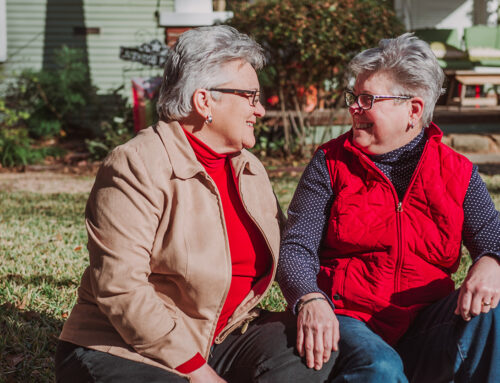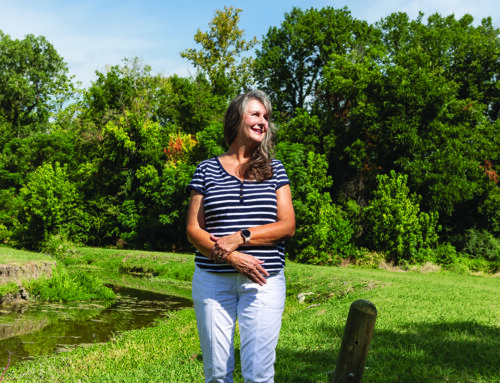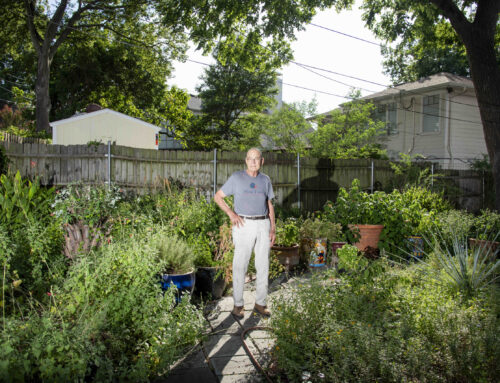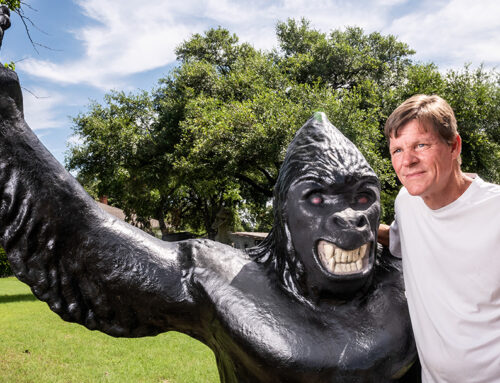When Ray Lewis’ father opened the Belmont Garage in 1963, Harrell’s Drugstore was a neighborhood institution, Gaston and Abrams did not intersect at the Lakewood Shopping Center, and there was a hamburger joint at the bottom of the Minyard’s parking lot.
Which raises an intriguing question: How many of you reading that sentence remember any of those things? And how important is it if you don’t?
I spent a lot of time the past couple of months talking to people about how our neighborhood has changed over the years, a change fueled by ever-increasing real estate prices that have not only attracted more affluent residents, but younger ones as well. On the one hand, everyone likes the idea that their homes are worth more money (save at tax time), but many also suggest that this good fortune is tempered by the idea that we might be losing something, like our Lakewoodness (for lack of a better term).
Can someone who wants to live here because the neighborhood is trendy — and who pays a tremendous amount of money for the privilege — truly appreciate what we have here? Or even worse, is it possible that 20somethings who pay $350,000 for a house don’t especially care what we have here?
It may sound corny, especially in this day of suburban sprawl, but Lakewood and East Dallas are examples of how urban neighborhoods can thrive despite all of the obstacles — crime, school controversy, indifferent city government.
Do the newcomers know this? Or are they only looking at dollars per square foot, lot sizes and the eventual resale value of their homes? Will they move on as soon as some other place gets a lot of ink, leaving those of us still here to clean up their mess?
Too often, I’m convinced that all of this is true, and the thought is a sad one. Anyone who was here in the early 1990s, when real estate prices weren’t skyrocketing and people lost money when they sold their homes (how about a 2-2 in the M Streets for less than $100,000, and nary a teardown in sight?) don’t ever want to see that happen again.
But it’s also why I asked Lewis, who has lived here most of his life, just that question. Forty years at the same location can provide the perspective that a cranky ex-newspaperman like me needs.
“The biggest change I’ve seen,” says Lewis, who took over the family business in 1978, “is the lack of change. I can remember working on their parent’s cars, and then the kids move away and come back to raise a family, and then I work on their cars.”
Yes, says Lewis, there have been changes, but his point is that over 40 years, this is still the same kind of neighborhood it has always been. Sure, Harrell’s is long gone, and the buzz word today is teardowns — just like 10 years ago it was code enforcement and 20 years ago it was widening Greenville Avenue to four lanes, and 30 years ago it was tearing up Swiss Avenue — but his point is that despite these moments in time, the neighborhood endures.
“People who live here won’t let bad things happen to the neighborhood,” Lewis says. “They’re always on their guard to prevent bad things from happening.”
Which is a useful bit of perspective, because it means we need to trust in what we have instead of worrying about what we might lose. Just because someone moves in who doesn’t remember the dime store at Skillman and Live Oak and the elderly women who ran it (and who paid entirely too much for their house, by the way) doesn’t make them a bad person.
After all, they’re here (not in Frisco and Plano), just like we are.





